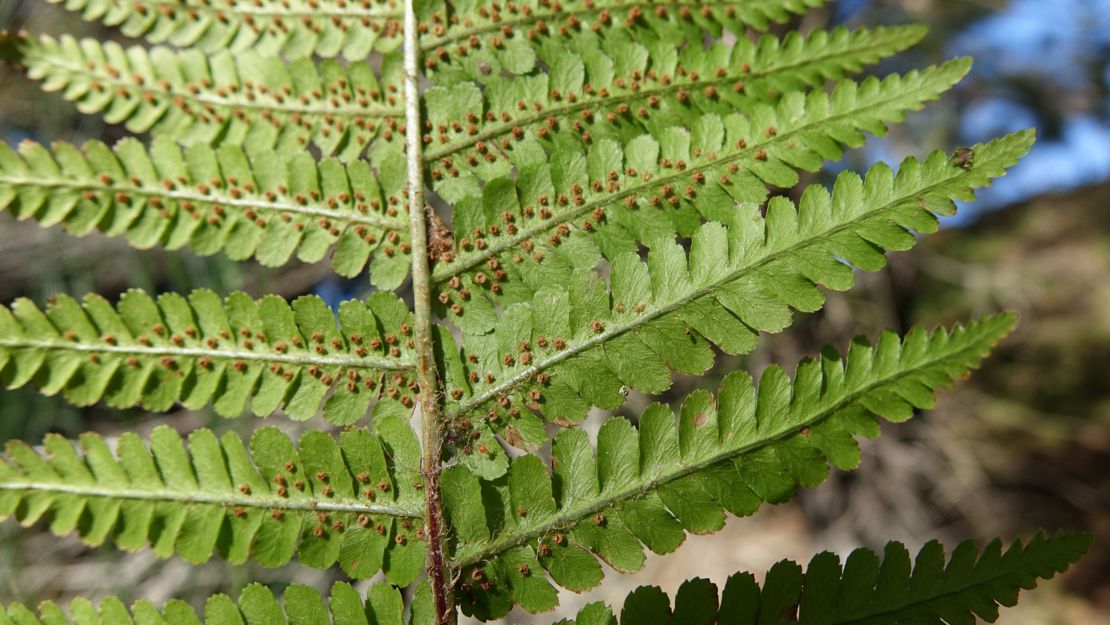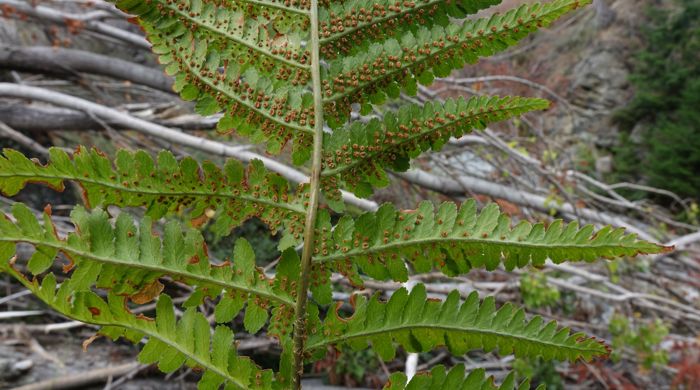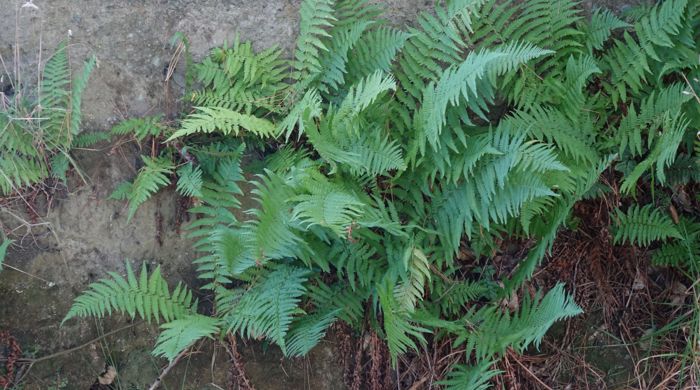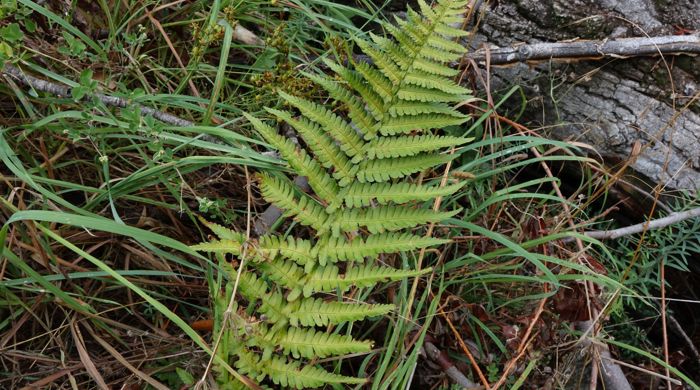Dryopteris filix-mas
Male fern
Family: Dryopteridaceae
Origin: Eurasia, North America

Regional Pest Management Plan (RPMP) status
- Whole region — Sustained control
- Hauraki Gulf Controlled Area Notice pest
General description
Perennial, rhizomatous fern. Leaves are < 125 x 30 cm and bipinnate. Sori are round and produced in autumn – winter, with 1-5 pairs produced per secondary pinnae.
What you need to know
To help protect our environment:
- You must not breed, distribute, release or sell male fern within the Auckland region.
- You must not plant male fern within the Auckland region, unless you are transferring an existing plant on your land to another location within the boundaries of the same property.
- You must destroy any male fern on land that you occupy if it has been planted in breach of the above rules and you are directed to do so by an authorised person.
Habitats
Riparian margins, rocky sites, regenerating scrubland, forest, pasture, plantations.
Dispersal
Spores dispersed by wind.
Impact on environment
May competitively displace native forest-dwelling ferns.
Control
Site Management
Follow up treated areas 3 times per year. Encourage natural regeneration of native plants or replant treated areas where possible after 2-3 treatments to establish dense ground cover and minimise reinvasion.
Recommended approaches
Physical control
Method: Dig out.
Plant parts requiring disposal: Spores on leaves.
Disposal options: Remove to greenwaste or landfill if practical.
Biocontrol
Biocontrol is currently not available for this species.
Community agrichemical control recommendations
Certified Handler/Experienced agrichemical user: Foliar spray with 1g metsulfuron-methyl per 10L of water and 20ml penetrant.
Caution: When using any herbicide or pesticide please read the label thoroughly to ensure that all instructions and safety requirements are followed.






